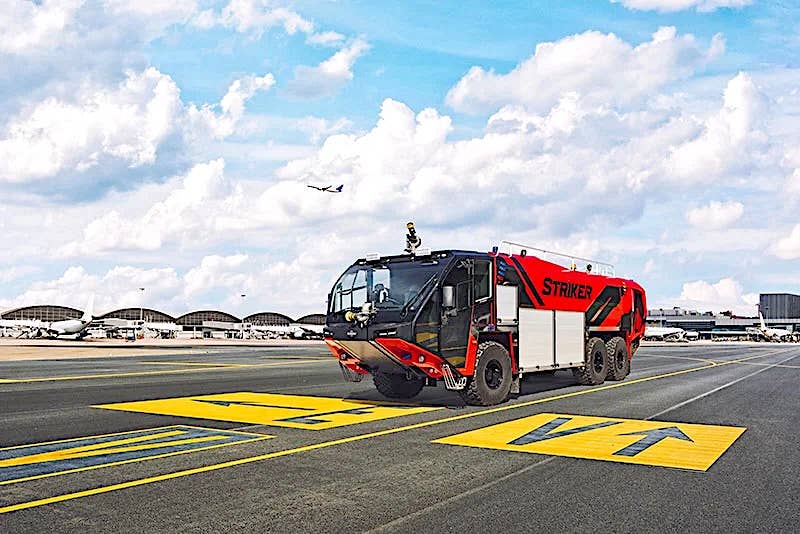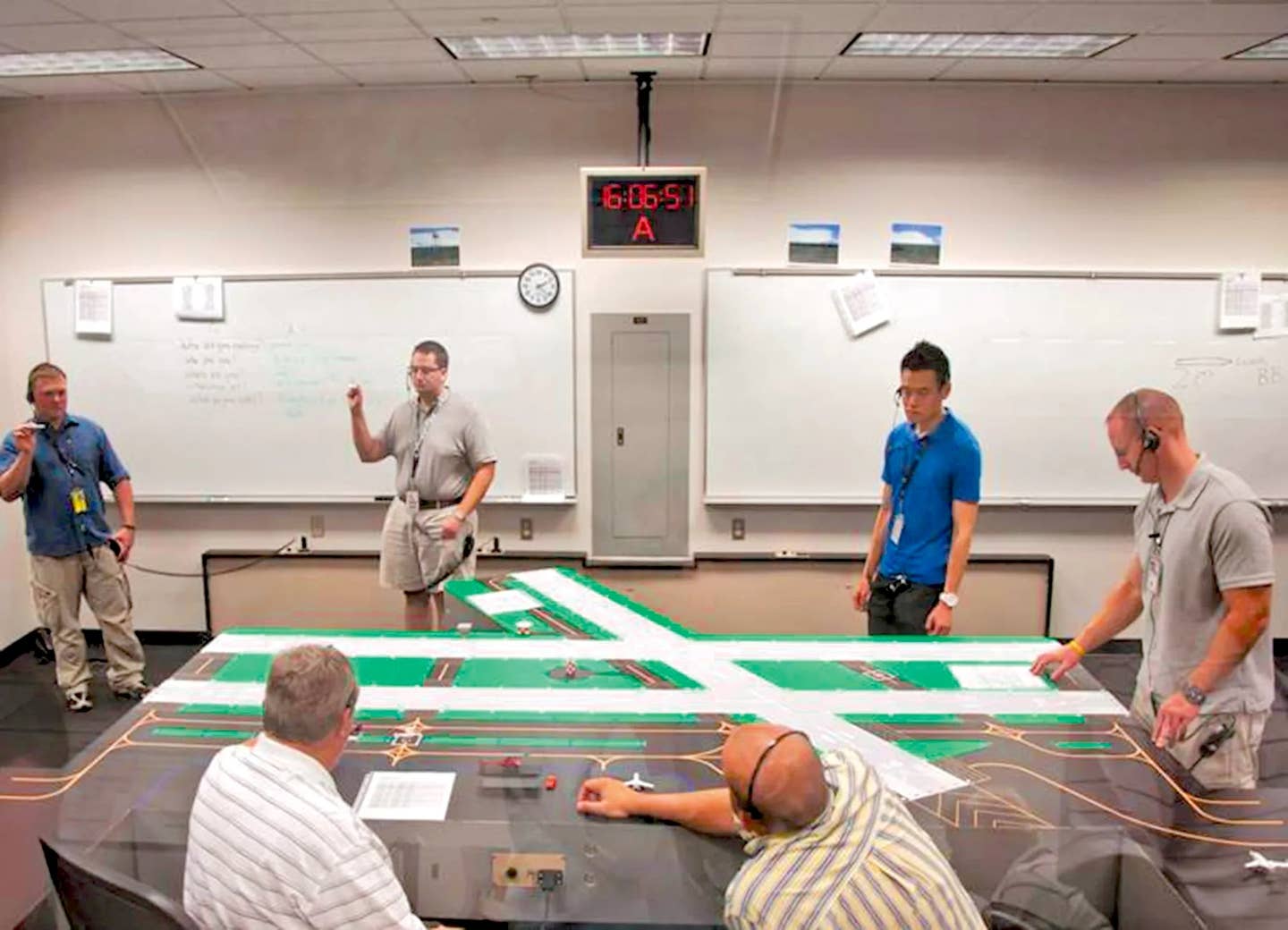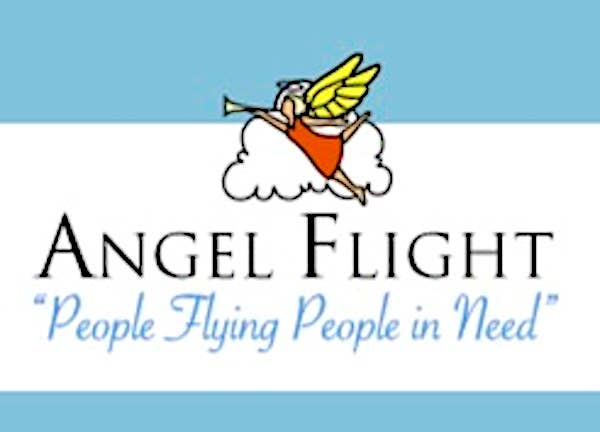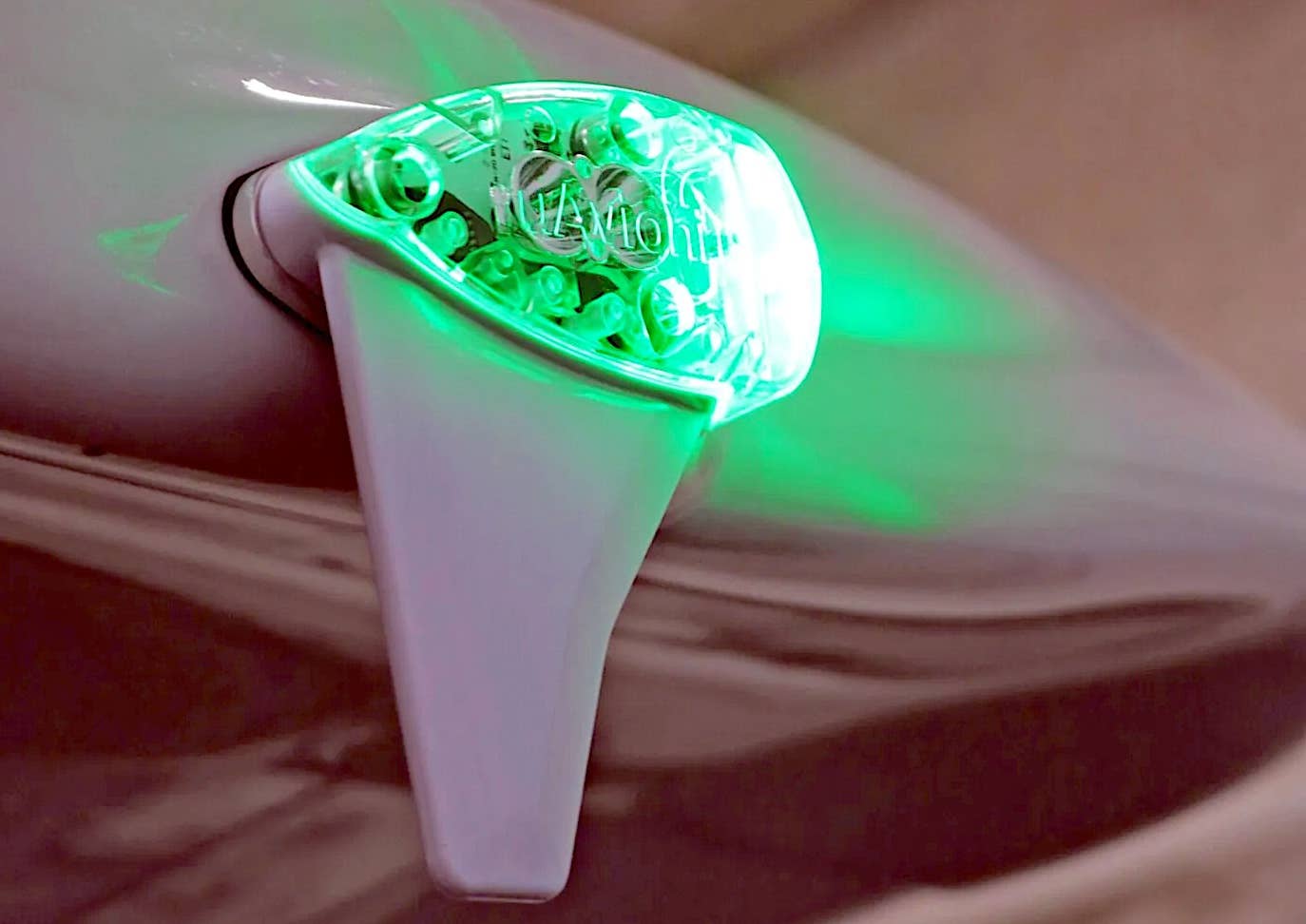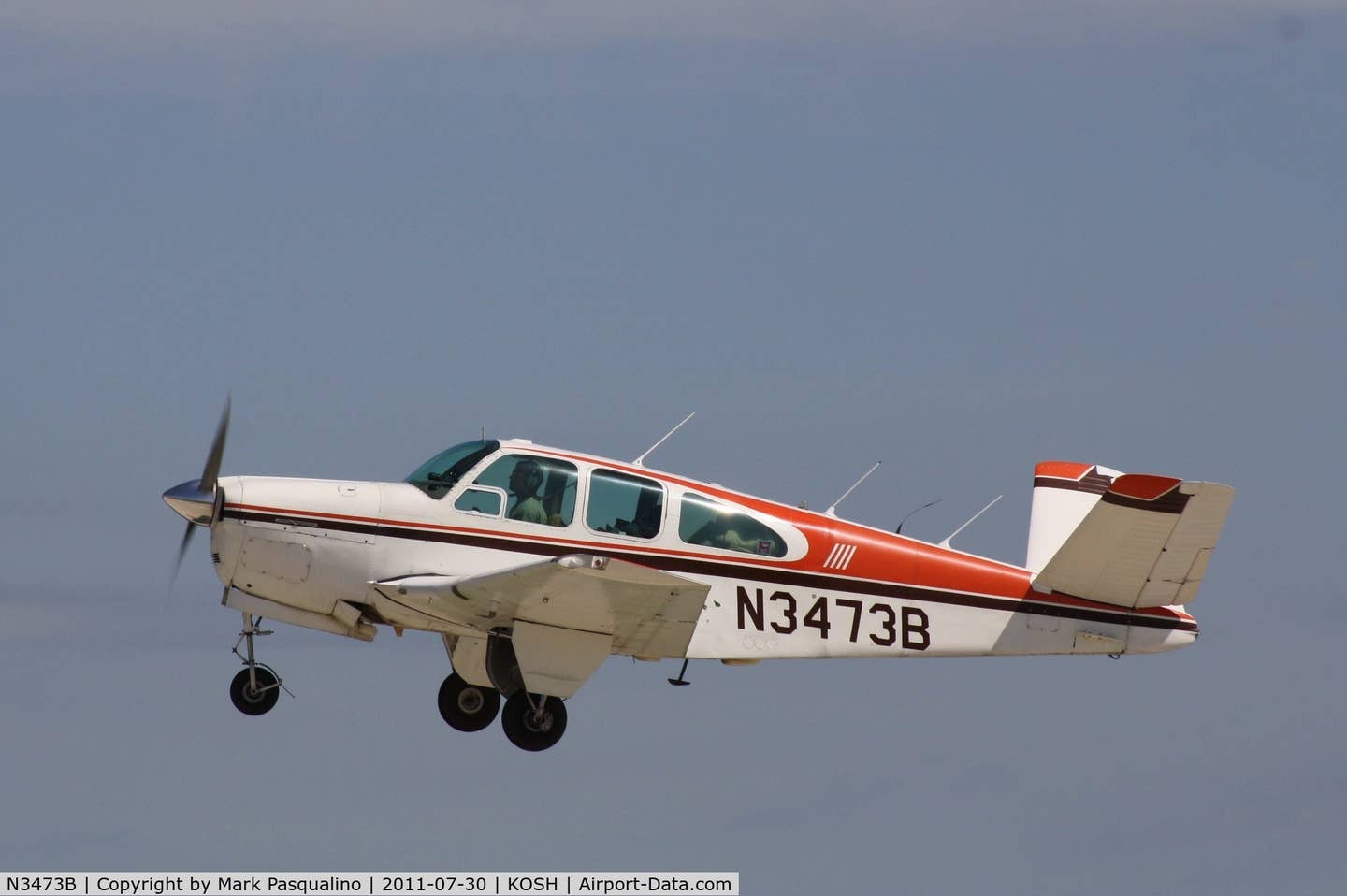Leading Edge #19: Designing Your Flight Review
The FAA-mandated Flight Review has some pretty basic requirements, but you can help your instructor make it more useful and meaningful for the flying you do.
"That's by far the best Flight Review I've ever had." That's among the greatest praise a flight instructor can receive. It was even more meaningful given the man who said it has actively flown for decades, and has seen his share of required, recurrent training. I don't quote his comment to boast; instead, I repeat it here to help you realize that a Flight Review can be an interesting, enjoyable experience, not the every-other-year thrashing some pilots consider it to be. More importantly, you have the opportunity to decide what skills you'll practice. You can design your Flight Review.
Not A Checkride
For decades there was no requirement for noncommercial pilots to receive any training except that required for pilot certificates and ratings. Once a pilot passed the checkride for the highest level of certification or rating he hoped to attain, it was up to him to improve skills, or to detect and eliminate unsafe habits. Many pilots did neither. Eventually the FAA decided to create a flight-review requirement in the hopes of reducing general aviation's then-quite-high accident rate. Someone decided this requirement should be met biennially, or every two years. Wisely, the FAA also decided the review should not be a checkride that could result in the loss of pilot privileges if the pilot was not 100-percent proficient without brush-up training. Instead, the Flight Review is intended to be an instructional session ... you're supposed to learn something.The Flight Review is governed by FAR 61.56, which lays out a simple plan:
"... a flight review consists of a minimum of one hour of flight training and one hour of ground training. The review must include:
- A review of the current general operating and flight rules of part 91 ... and;
- A review of those maneuvers and procedures that, at the discretion of the person giving the review, are necessary for the pilot to demonstrate the safe exercise of the privileges of the pilot certificate."
There is an additional stipulation for glider pilots, but the gist of 61.56 is this: As long as the Flight Review covers at least one hour of ground and flight instruction, and the instruction covers at least some of the general operating rules of FAR 91, the Flight Review can consist of whatever the instructor decides to do. There is a great deal of latitude on what's covered.You can, and should, help determine what your instructor includes in your Flight Review.By the way, the word "biennial" in conjunction with Flight Review was dropped in the late 1980s. At that time there was discussion of requiring an annual Flight Review for all Recreational pilots, and all non-Instrument-rated pilots with less than 400 total flying hours. FAR 61.56 was amended to remove the word "biennial" to lay out the requirements for such a change without having to repeat the entire section for pilots needing annual reviews. Hence, just like it's archaic to talk about long-gone TCAs (Terminal Control Areas) when discussing what evolved into Class B airspace, it's also technically incorrect to refer to a "biennial" Flight Review. More succinctly, there is no "B" in an "FR".
Self-Analysis
When time comes to schedule your next FR, talk to your instructor to map out your review beforehand. Without a plan, you'll likely end up with a standard, abbreviated, repeat of the Practical Test Standards (PTS) maneuvers for your level of pilot certificate. If you're Instrument rated, you may do an Instrument Proficiency Check (IPC, described in 61.57) and, if it meets the one hour ground/one hour flight minimum and your CFI endorses your logbook for the FR in addition to an IPC endorsement, that's probably what you'll get from your instructor. It may be that you need this sort of practice. But you may also be pretty proficient in most or all of these skills, and have the opportunity instead to do more.When designing your FR, ask yourself these questions:
- Is there something I want to know?
- Is there a skill I'd like to improve?
- Is there something I'm afraid of?
Something I Want To Know
One of my FR clients had heard a lot about slips to a landing, mainly in the context of correcting for being too high to make an emergency landing field in the event of an engine failure. He demonstrated slips for his Private checkride many, many years before, but remembered a limitation on slips with flaps extended in the training airplane he had used, and wondered if that same limitation applied to the airplane he currently flies. My client mentioned this to me during the scheduling of his FR, so I built a one-hour course around engine failures, glides, and steep slips in the context of both engine-out landings and landing in a strong crosswind. In addition to some Part 91 review, our ground training included his check of the Pilots Operating Handbook (POH) for his airplane. He determined the only slip limitation was to limit slips to 30 seconds duration to avoid unporting wing-tank fuel; slips even with full flaps were permitted. We discussed why the no-flap slip limitation existed in the training airplane, and why his aircraft was different. We then discussed slipping technique as well as engine-failure procedures, then went out and practiced slips in the traffic pattern, engine failures and slips at altitude, and finally a simulated traffic-pattern engine failure including a slip to a designated touchdown point.Not the standard "turns, stalls, takeoffs and landings," this was a solid instructional session on a task the pilot wanted to know more about. More importantly, he designed the FR, leaving it up to me, the instructor, to come up with a way to best present what he wanted to know. He came away far safer as a result.
Something I Want To Improve
Another student who had owned a twin-engine airplane for about two years wanted to learn more about its single-engine performance and handling. He had earned his multiengine ticket in a much-less-powerful twin. Further, his airplane had been modified with a significant horsepower increase, but under certification rules the modifier's documents simply said the airplane "meets or exceeds" published POH performance figures. Additional horsepower means better single-engine performance, but it also may mean more difficult handling.When we talked about his upcoming FR, the pilot told me he'd recently upgraded his instrument rating to multiengine privileges and was confident in his ability to handle most emergencies, but he really wanted a "wringing out" on single-engine handling and performance so he would feel much more confident taking his wife and daughter on trips in the airplane. That's what we did. Again it was the pilot, not the instructor, who designed the goal of the FR. The CFI's role is to help the pilot achieve that goal.
Something I'm Afraid Of
I've found it's very common for pilots in higher-performance, cross-country airplanes to have avoided practicing stalls for a very long time, if they've ever practiced stalls in the airplane they fly at all. One of my clients admitted he was concerned after reading several accounts of stalls in the traffic pattern and on a go-around. He'd also heard the term "accelerated stall" without really knowing what it meant -- only that it sounded even more frightening. Knowing it was fear of the unknown that was preventing him from feeling comfortable in his aircraft, he asked me to focus on stall recognition and recovery, especially accelerated stalls, in his FR. Once more, the pilot was able to design his FR to cover something that, in this case, he was frankly afraid of. Focused training on the requested task removed his fears and reinforced good habits he uses to avoid stalls.
Other Ways
There are several other ways to meet the FR requirement -- pass a certificate or rating checkride, complete a level of FAASTeam/FAA WINGS, meet the equivalent through Part 135 or Part 121 training -- but for most pilots the FR is the way. Work with your instructor to design an FR that is relevant to the way you fly, but that is also designed to improve your skills and eliminate bad habits. Ask yourself what you'd like to know, what you'd like to improve, and what you're afraid of, and make these things the focus of your next FR.Fly safe, and have fun!

